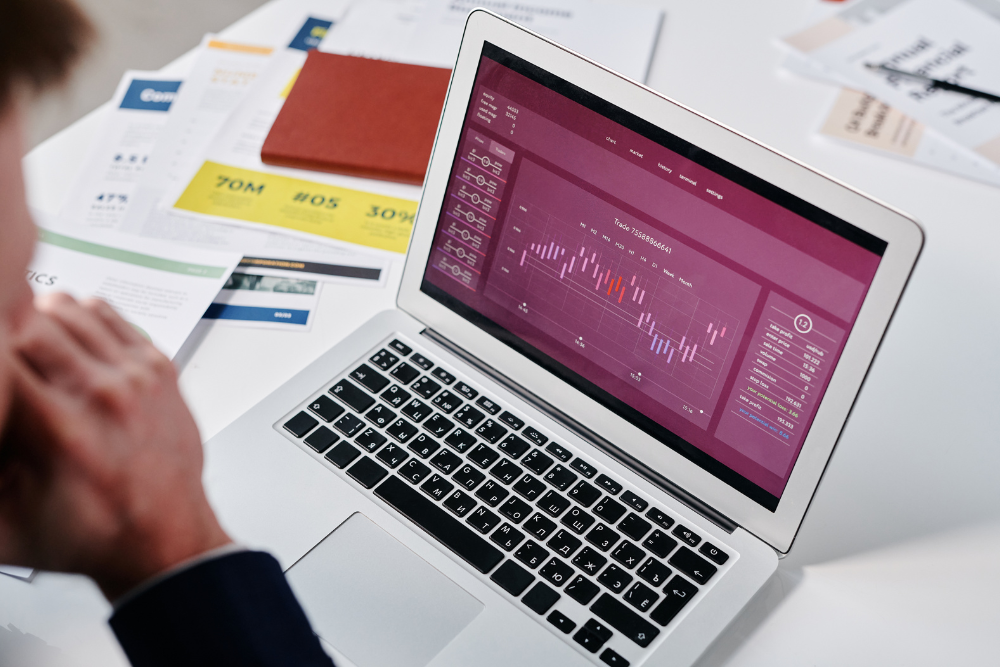Information radiators are visual displays that provide key information in an easily accessible format. They are often used in agile software development to promote transparency, collaboration, and a shared understanding of the project. By making key information visible to all team members, information radiators can help teams continuously improve and deliver value more effectively.
What is Information Radiators?
An information radiator is a physical or digital display that provides a real-time view of a process, project, or system. These can range from simple handwritten or printed posters to complex electronic displays. The goal is to make information visible and accessible to everyone involved in the project, regardless of their role.
Expected Benefits
- Improved transparency: Information radiators make it easy for team members to see the current state of the project.
- Enhanced collaboration: By providing a shared understanding of the project, information radiators can foster better collaboration among team members.
- Faster decision-making: With information readily available, teams can make decisions more quickly and effectively.
- Increased accountability: Information radiators can help to increase accountability by making it clear who is responsible for what.
- Continuous improvement: By visualizing the project, teams can identify bottlenecks and areas for improvement.
Information Radiator vs. Information Refrigerator
Alistair Cockburn, a renowned agile methodologist, coined the term “information radiator” to distinguish it from an “information refrigerator”. While both are visual displays, an information refrigerator is simply a place to store information, like a refrigerator stores food. An effective information radiator is actively used and updated to provide real-time information.
How to Use it in Agile Methodologies?
Information radiators are a valuable tool for agile teams. They can be used to display:
- Kanban boards: Visualizing the workflow of tasks.
- Scrum boards: Tracking the progress of a sprint.
- Burndown charts: Showing the progress of a project over time.
- Test results: Displaying the results of automated tests.
- Deployment status: Indicating the status of deployments.
- Team metrics: Showing key performance indicators.
Why Use an Agile Information Radiator?
- Visual controls: Information radiators provide a visual representation of the project, making it easier to understand.
- Sticky notes: These are often used to represent tasks or issues, allowing team members to easily add, remove, and update information.
- Traffic light: A simple visual representation of the status of a task or project, using colors like green, yellow, and red.
Examples of Information Radiators
Here are some examples:
- Kanban boards: These are often displayed on walls or whiteboards and use sticky notes to represent tasks. They are commonly used to visualize the workflow of a project.
- Scrum boards: Similar to Kanban boards, Scrum boards are used to track the progress of a sprint. They typically include columns for “To Do,” “In Progress,” “In Review,” and “Done.”
- Burndown charts: Burndown charts show the remaining work in a project over time. They are often used to track progress towards a goal.
- Task boards: Task boards can be used to display information about individual tasks, such as the task owner, due date, and status.
- Risk boards: Risk boards can be used to identify and track potential risks to the project.
- Decision boards: Decision boards can be used to document decisions made by the team.
- Sprint planning boards: Sprint planning boards are used to plan the work for a sprint.
- Retrospective boards: Retrospective boards are used to reflect on the previous sprint and identify areas for improvement.
The Role of Technology in Creating Information Radiators
Technology has made it easier than ever to create and maintain information radiators. There are many software tools and online platforms available that can be used to create digital information radiators. These tools can provide features such as:
- Real-time updates: Digital information radiators can be updated in real time, ensuring that information is always current.
- Collaboration: Digital information radiators can be accessed by multiple team members, making it easy to collaborate on projects.
- Analytics: Some tools can provide analytics on information radiators, helping teams to identify trends and patterns.
Psychological benefits of using visual displays
Visual displays, such as information radiators, can have a number of psychological benefits. These include:
- Improved memory: Visual information is often easier to remember than verbal information.
- Enhanced understanding: Visual displays can help people to understand complex concepts more easily.
- Increased motivation: Seeing progress on a visual display can be motivating for team members.
- Reduced stress: Visual displays can help to reduce stress by providing a clear overview of the project.
- Improved collaboration: Visual displays can foster collaboration by providing a shared understanding of the project.


